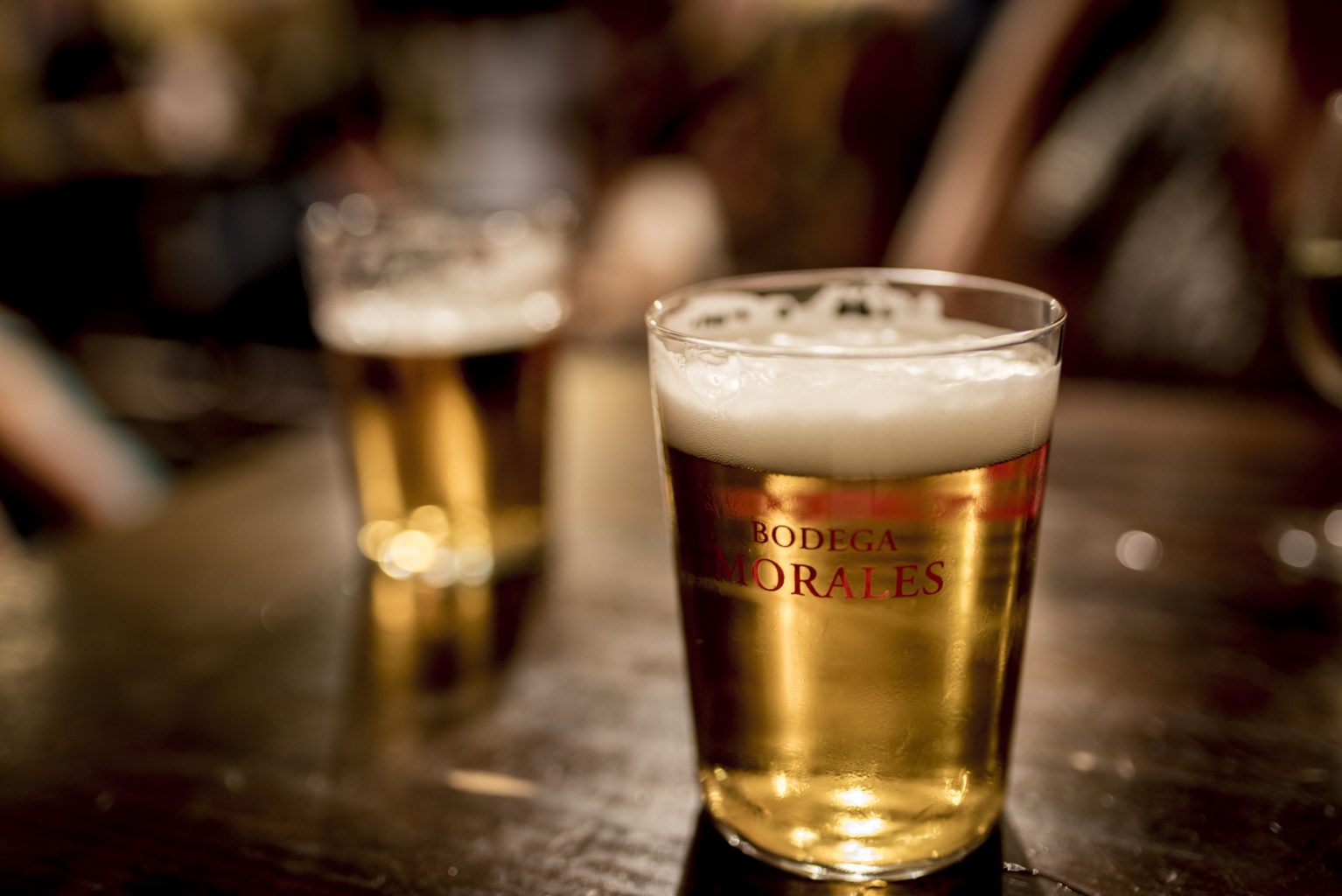The science behind beer goggles
Beer goggles are a common, yet unfortunate phenomenon, in our generation of binge drinkers. Many of us will recognise the horrified, disgusted feeling when flashbacks of the ‘hottie’ we pulled at POP last night arrive, and we realise what a geeky, greasy minger they were. ‘Cringe’ ‘FML’ ‘Hatemylife’: all common phrases the morning after a night out, when our self-respect and dignity are left on the floor in Rouge Bar.
So why do we find ourselves attracted to less desirable people when intoxicated with alcohol? Scientists have suggested that we have an expectation to engage in sexual activity when we go on nights out, and this implicit belief drives us to lower our ‘standards’ to increase our chances of finding a partner. Alcohol also causes sexual arousal in women, and lowered inhibitions in both sexes, so relaxed sexual attitudes towards anyone and everyone have the potential of arising.
However, a recent study by behavioural psychologists at Roehampton University found that drunk people find less-attractive people more desirable because they cannot recognise the finer details of their faces. In particular, drunk people do not recognise symmetrical faces as more attractive than less symmetrical faces.
One may ask, what is more appealing about a symmetrical face? Countless social psychology research has identified facial symmetry as a prime factor in physical attraction, along with sexual dimorphism (how masculine or feminine a face is) and body shape (hourglass figures in women and V-shaped torsos in men).
Evolutionary psychologists suggest that individuals with perfect symmetrical faces, such as Natalie Portman or Brad Pitt, are associated with good health and genes, and consequently believed to produce healthy offspring. Alternatively, symmetrical faces may be preferred because the visual system is simply ‘hard wired’ to process symmetrical stimuli more easily than asymmetrical stimuli.
In the study reported on BBC Three’s ‘How Sex Works’ programme, 64 students of varying levels of drunkenness were asked to rate 20 pairs of photos of men and women, aged 18 to 25. In each pair, one face was digitally enhanced to make it more symmetrical. More sober students (who had consumed less than four units of alcohol) rated the symmetrical face as more attractive 67% of the time, compared to intoxicated students (who had consumed over ten units) who preferred the symmetrical face only 58% of the time.
Drunk women were more vulnerable to choosing the less symmetrical face than drunk men, which the researchers suggested may be as a result of men’s visually stimulated attraction instincts making them more sensitive to asymmetry. Women, on the other hand, do not value physical attraction as highly as men and regard social and economic status as just as important.
Overall though, the results suggest that drinking severely impairs visual perception abilities in both genders, as well as increasing the likelihood of engaging in sexual behaviour with an undesired conquest. Maybe refrain from having your third Sambuca shot of the night, putting on your beer goggles and feeling that sense of regret in the morning.

Comments